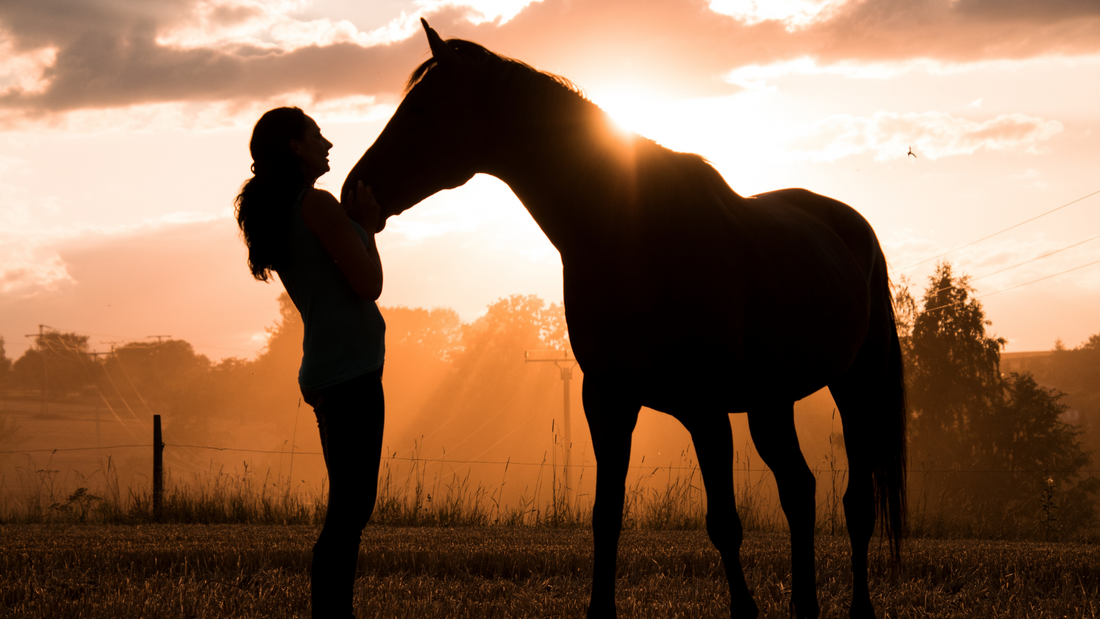
What Happens When We Start to See First Frost in South Africa?
Share
As the first frost appears in various parts of South Africa, many equine owners assume the risk of African Horse Sickness (AHS) has passed. While the colder temperatures significantly reduce the activity of Culicoides midges — the primary vector of AHS — it is important to understand that the risk does not disappear entirely during winter. Residual activity, climate variations, and the biology of the disease all play a role in continued risk management.
Understanding African Horse Sickness
African Horse Sickness is a highly infectious, often fatal viral disease affecting equines. It is transmitted mainly by biting midges of the genus Culicoides. Outbreaks in South Africa are typically seasonal, with the highest risk from late summer through autumn when warm, moist conditions support midge breeding and feeding.
Does the First Frost Eliminate the Risk?
No, not immediately. The arrival of frost causes a notable decline in midge populations, particularly in colder inland regions. However, midges can still survive in sheltered microclimates such as barns, stables, or under dense vegetation. On unseasonably warm winter days, residual midge activity may still occur — particularly in warmer regions like parts of KwaZulu-Natal, Limpopo, or Mpumalanga.
Additionally, research shows that some Culicoides species can overwinter and re-emerge during temporary warm spells (Van Dijk et al., 2023).
Why Prevention Should Not Stop in Winter
It’s common for some horse owners to stop using fly and midge sprays in winter under the impression that there is no need. However, doing so too early may leave horses vulnerable if midges reappear during a warm spell or in a sheltered stable environment. Here's why continued midge prevention is still relevant:
- Microclimates: Sheltered areas can harbour small midge populations despite outside frost.
- Warm days in winter: Midge activity may temporarily resume, especially in milder regions.
- Inconsistent spraying routines: Abruptly stopping sprays can weaken overall biosecurity strategies.
- Other insects: While Culicoides midges decrease, other biting flies (e.g., stable flies) may still irritate horses and carry bacteria.
Therefore, it is advisable to continue a reduced but consistent prevention strategy — especially for horses in higher-risk regions or areas where winters are not severe.
Practical Preventive Measures
To maintain biosecurity and minimise AHS risk:
- Keep using approved fly and midge repellents around stables and paddocks.
- Ensure your horses' vaccination schedules are up to date. This is critical before spring begins.
- Install or maintain physical barriers like fly sheets, face masks, and fine mesh over stable windows.
- Remove standing water and clean manure regularly to reduce midge breeding grounds.
- Consider stabling horses at dusk and dawn, when midges are most active during warmer seasons.
Is AHS Still a Global Concern?
Yes. While AHS is endemic to sub-Saharan Africa, international outbreaks have occurred. Movement of infected equids or wind-borne spread of midges can transport the virus to new regions. Examples include:
- Thailand (2020): Over 500 horse deaths occurred due to an AHS outbreak likely caused by imported animals (King et al., 2021).
- Spain (1987–1990): AHS outbreaks occurred after the introduction of infected zebras.
Continued surveillance and research globally (including by institutions in the UK, Europe, and Asia) are contributing to understanding vector behaviour, virus evolution, and climate impact (Jongejan et al., 2019).
Conclusion
While the first frost signals the beginning of winter and a natural decline in midge activity, it does not eliminate the risk of AHS immediately. Especially in warmer provinces and sheltered environments, midges may persist longer than expected. Continued vigilance, vaccination, and the use of fly and midge protection through the winter months offer the best defence for horse owners.
Fly sprays and physical barriers should remain part of your winter care routine to maintain a consistent layer of protection. Early preparation before the return of peak midge season in spring can significantly reduce the risk of AHS outbreaks in your yard or region.
References
- Van Dijk, H. et al. (2023). Midge Survival in Winter Conditions and Its Implications for AHS Transmission. South African Journal of Animal Science.
- Jongejan, F. et al. (2019). Global Spread of African Horse Sickness: Factors and Trends. Veterinary Research Communications.
- King, S., et al. (2021). Thailand’s 2020 Outbreak of African Horse Sickness: An Emerging Global Risk. Equine Infectious Disease Reports.
